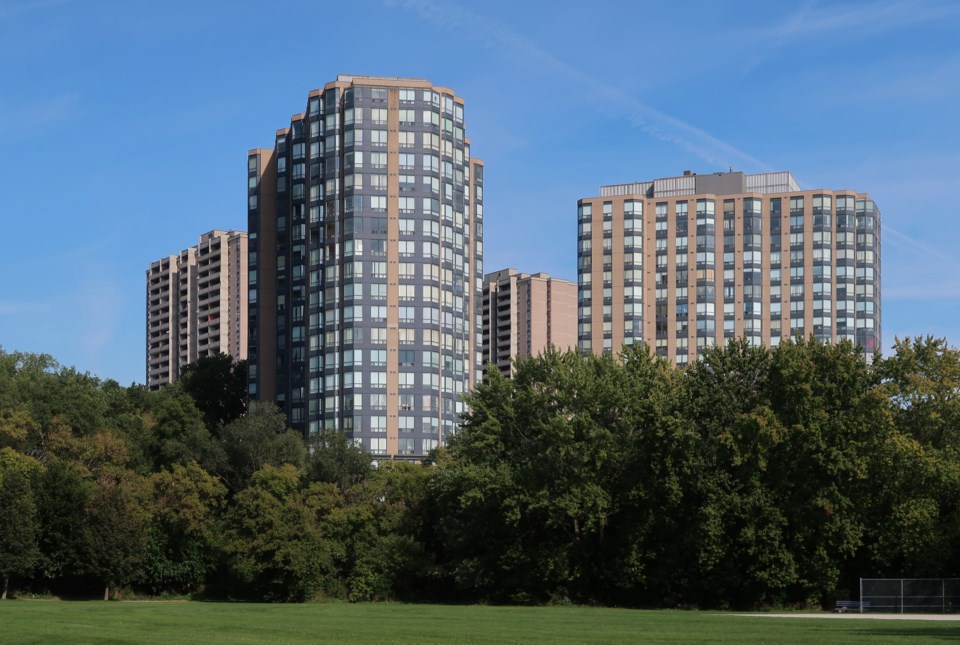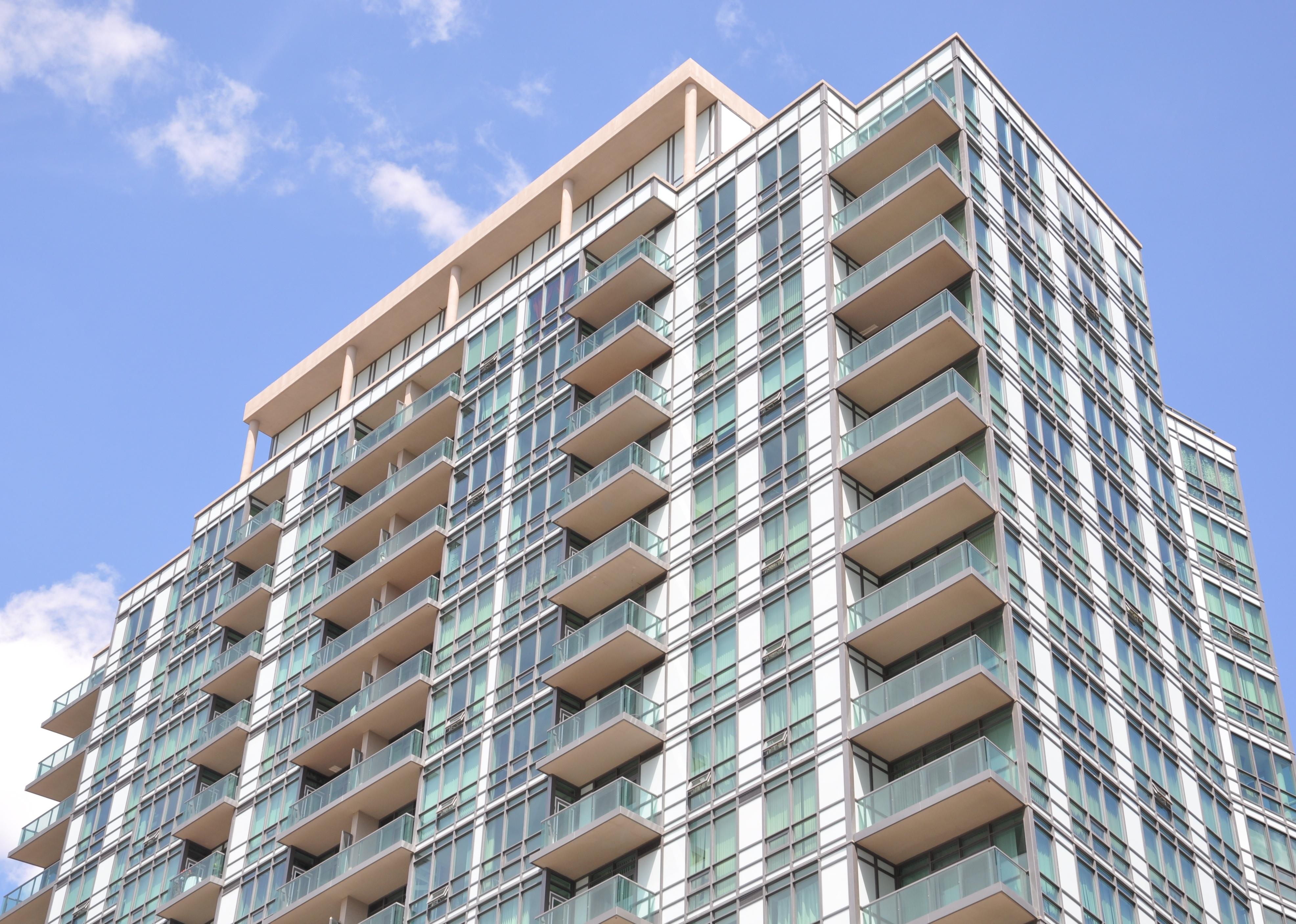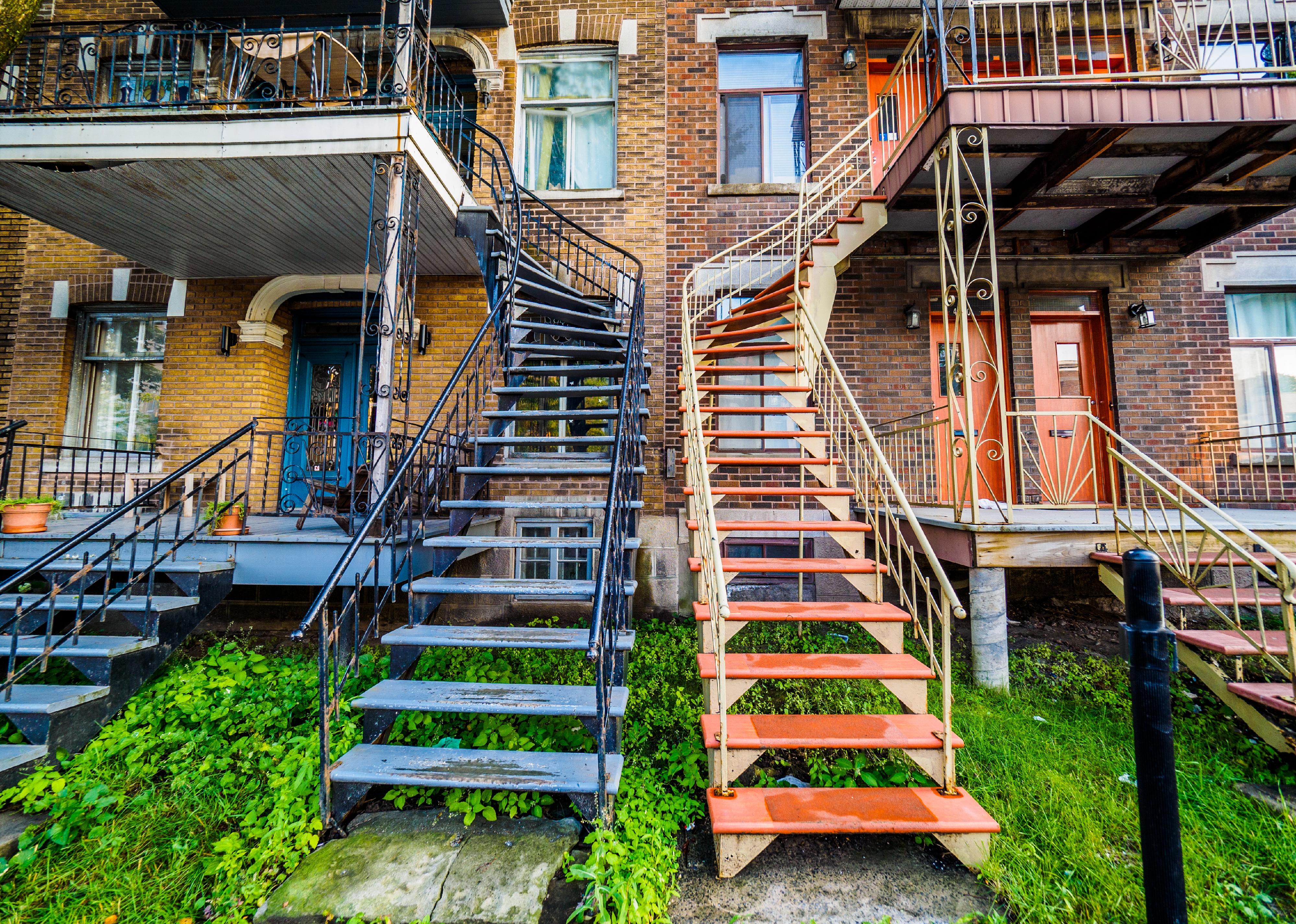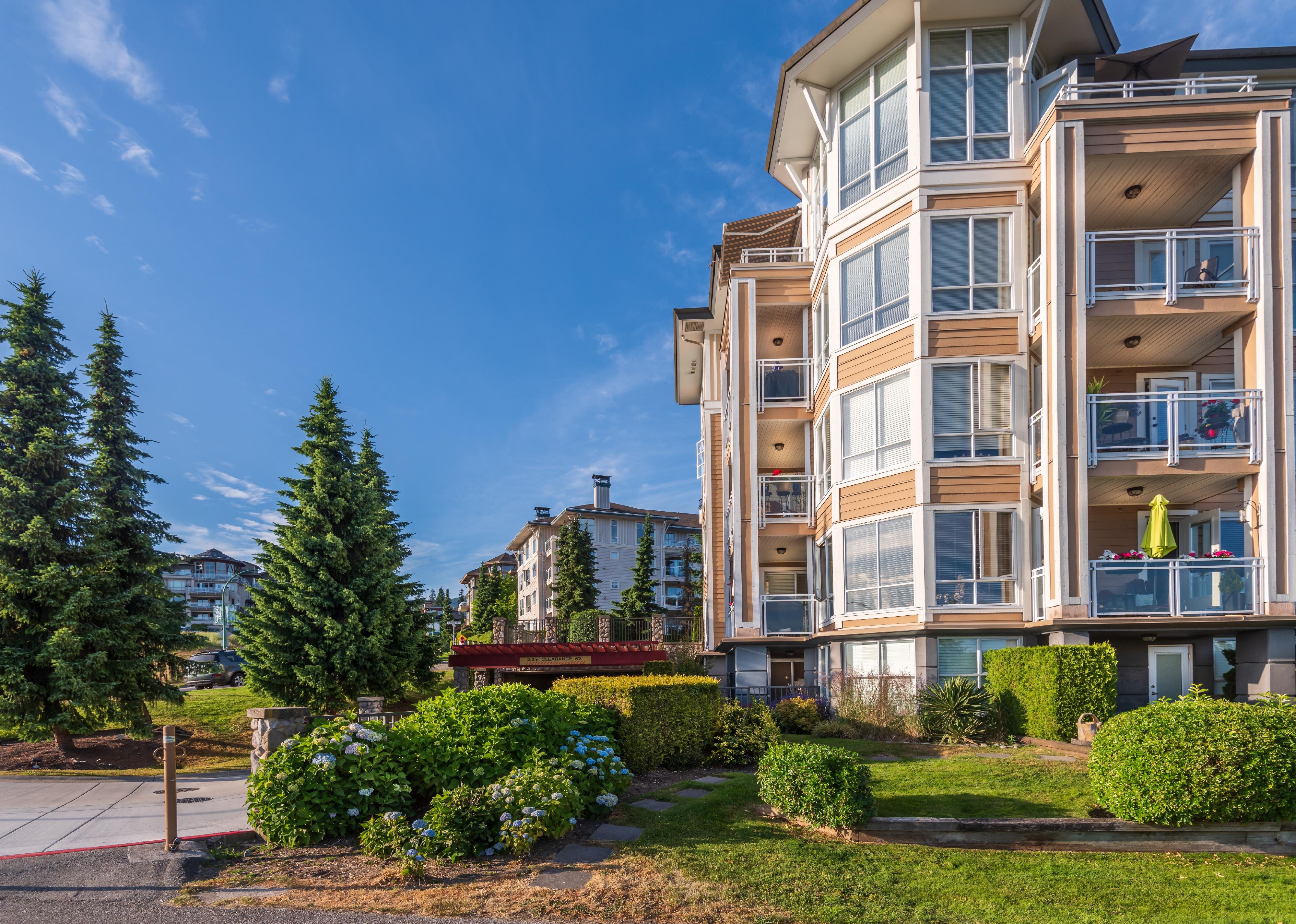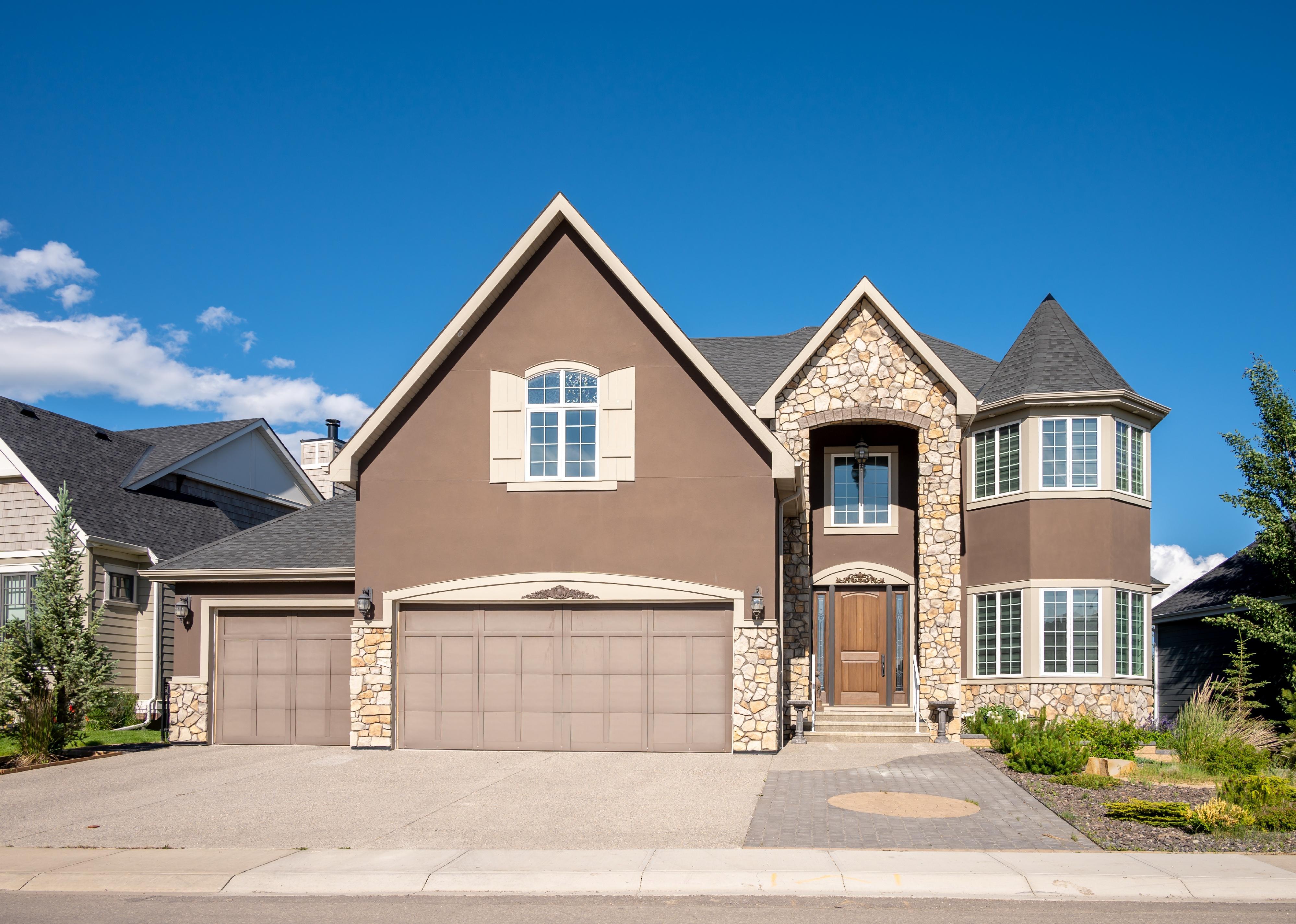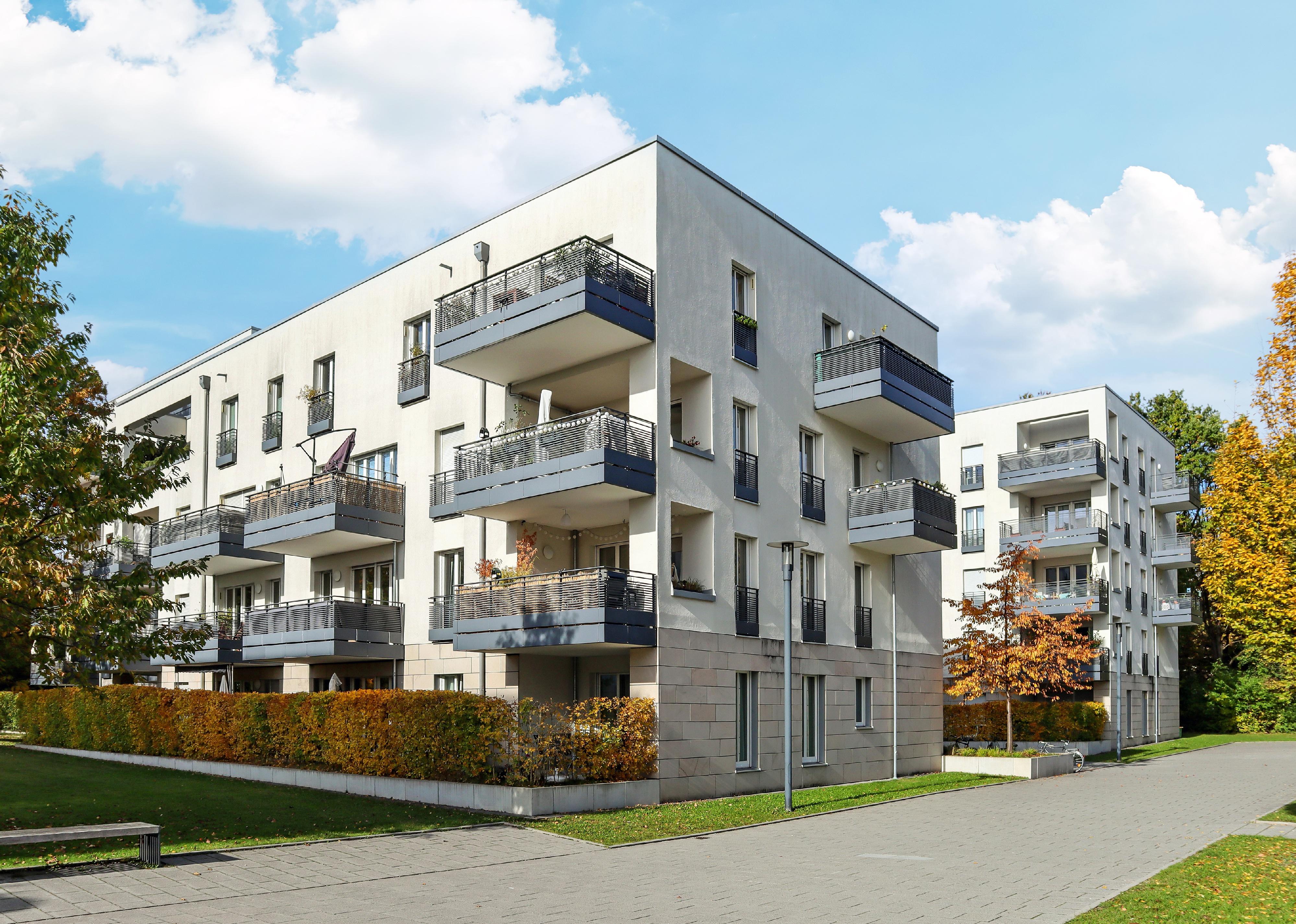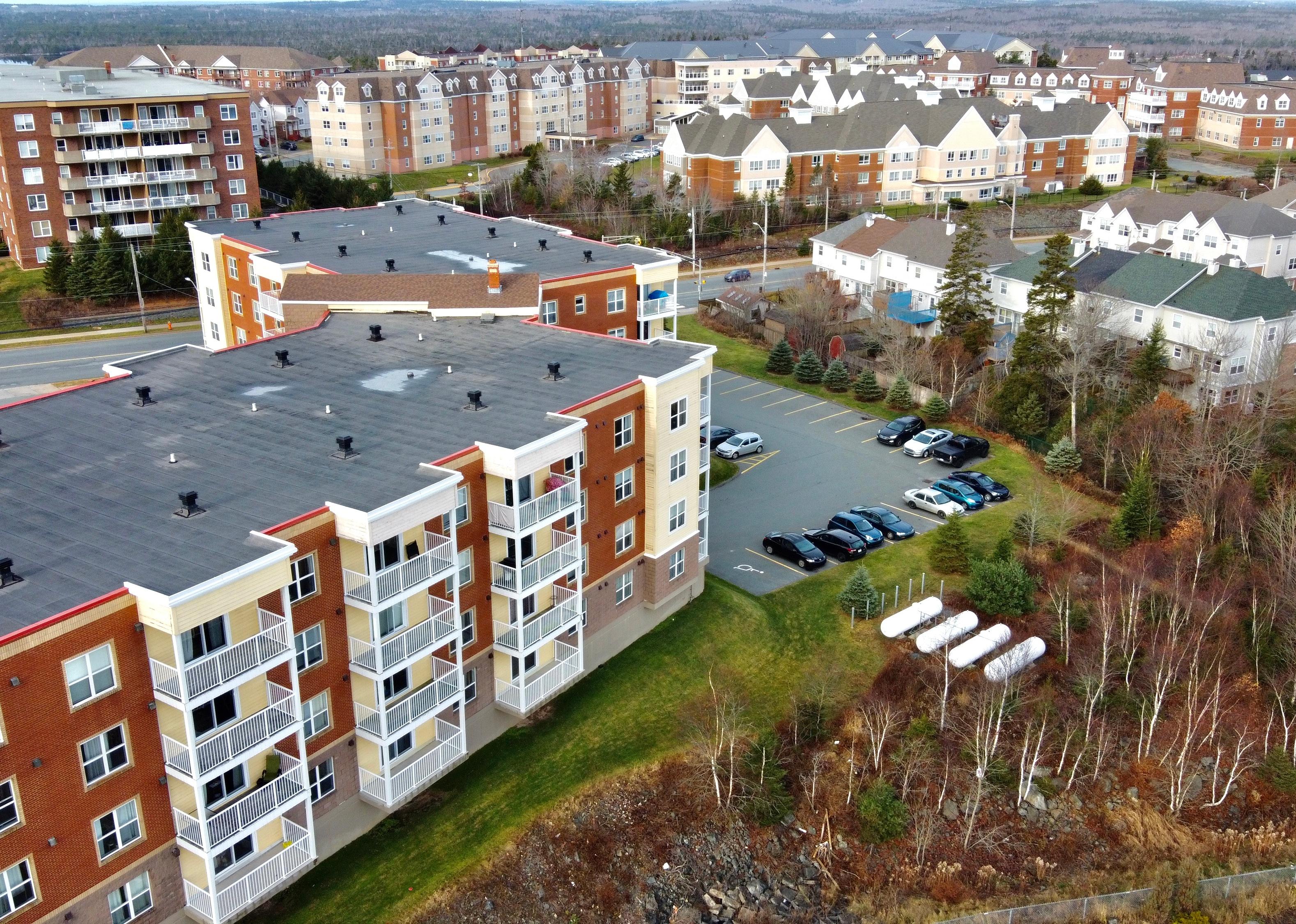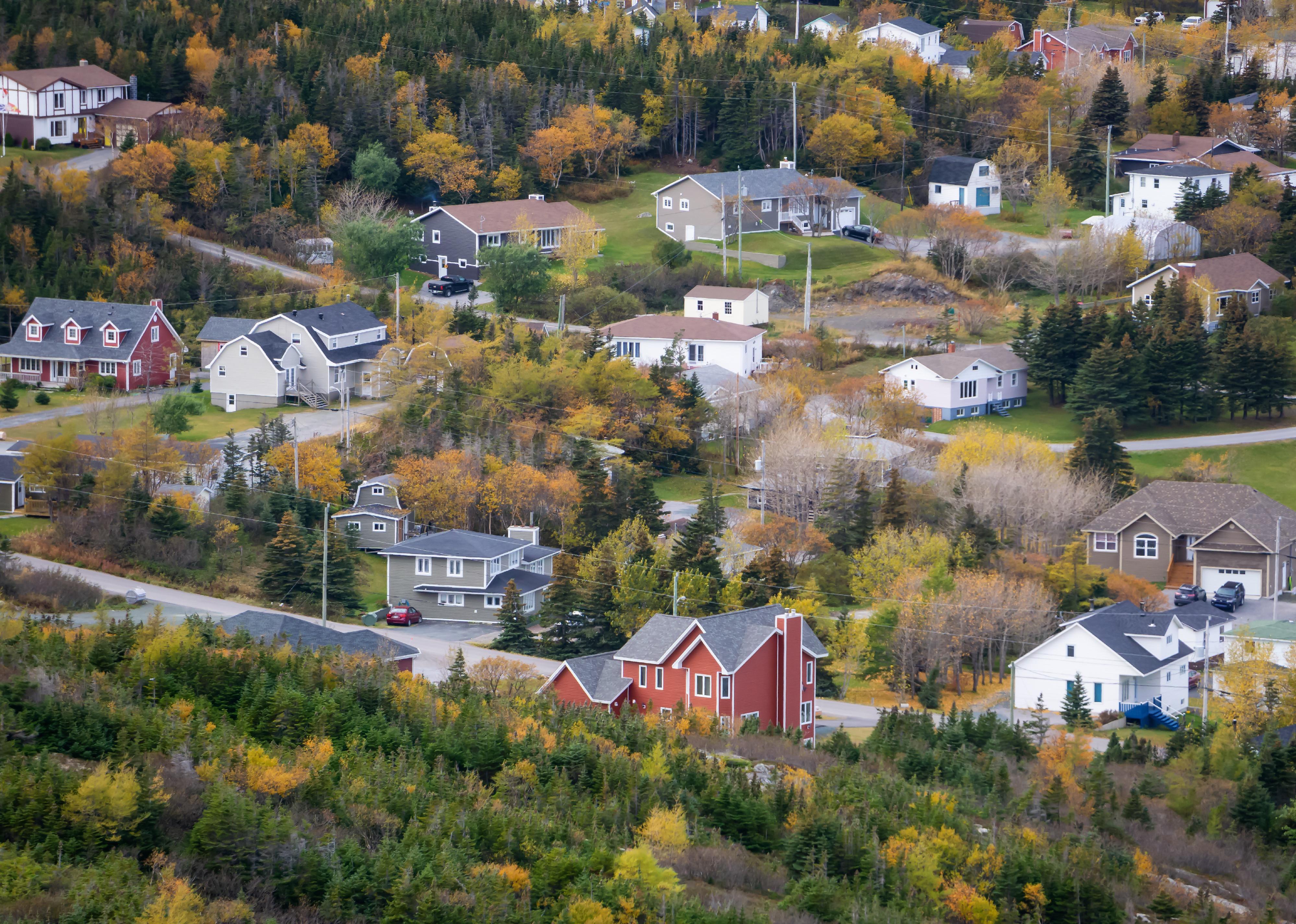Canada is a geographically vast country, made up of 10 provinces, each with its own unique characteristics.
Some are known for their urban metropolises, others for their natural beauty and wilderness. Still, others are a blend of both. Some provinces are home to younger people and families, while others have a greater demographic mix.
And these factors may influence what types of homes in which people in these provinces choose to live. Apartments were most common nationwide, making up more than half of the units, while single-family homes made up at least 1 in 4.
Often trailing behind these are row houses, which share common walls with other units, and semi-detached homes, duplex units often called semis, which share one common wall. While this does not reflect every province in the country, it is generally indicative of most Canadians' home preferences.
So what accounts for each province's most popular type of housing? Using data from the Canada Mortgage and Housing Corporation, Calgary.com determined which dwelling type was completed and sold the most in each province. The data looks specifically at new housing and follows the criteria of a home that was constructed, completed, and sold. Provinces are presented in order of most overall units built and sold.
Lester Balajadia // Shutterstock
Ontario
#1. Apartments: 53%
#2. Singles: 27%
#3. Rows: 17%
#4. Semis: 3%
Apartments are the most popular type of home in Ontario, followed by single-family homes. Ontario is by far the most populous province in Canada and contains the nation's capital, Ottawa, and its most populous city, Toronto. This density and the preponderance of large cities in the province may explain part of the region's preference for apartment living. Cities are more likely to contain apartments than rural areas because space is at a premium in cities. In Toronto, for example, most residents live in apartments, and the vertical growth of apartment buildings has only increased in recent years.
pr2is // Shutterstock
Quebec
#1. Apartments: 73%
#2. Singles: 15%
#3. Semis: 7%
#4. Rows: 5%
Major cities in the province of Quebec have helped ensure apartments remain the most popular type of dwelling in the region by quite a wide margin. Montreal is one such city. Most of the city's residents live in apartments, with one unique factor contributing to apartment living beyond the general tendency of cities to have more apartments: Much of Montreal was constructed when the standard type of housing was an apartment building. Therefore, the city has an oversupply of apartments built decades before detached single-family homes were commonly constructed throughout the rest of Canada. Consequently, rents are lower than in other large Canadian cities.
karamysh // Shutterstock
British Columbia
#1. Apartments: 65%
#2. Singles: 19%
#3. Rows: 13%
#4. Semis: 3%
British Columbia contains the metropolitan area of Vancouver. Most of Vancouver's residents reside in apartment buildings, which helps contribute to the larger share of the overall province's residents who are apartment dwellers. And the reason for this may not be entirely due to preference. Studies have found that the affordability of homes in British Columbia has been steadily decreasing. Therefore, many people—especially young people—cannot afford single-family detached homes, meaning many remain in apartments throughout the province longer than they wish.
Jeff Whyte // Shutterstock
Alberta
#1. Singles: 40%
#2. Apartments: 35%
#3. Rows: 13%
#4. Semis: 11%
Alberta is one of Canada's three so-called "prairie provinces," meaning it has more wide-open, undeveloped space and less population density than some of Canada's other provinces. This relative spread and spaciousness has translated to more of the province's residents living in single-family dwellings than any other type of housing. Living in Alberta may thus be a desirable option for young families looking for an affordable way to get more space than they would in a city. The province has the youngest median age of all the provinces, with an average age of 39 years.
PIXEL to the PEOPLE // Shutterstock
Manitoba
#1. Apartments: 54%
#2. Singles: 32%
#3. Rows: 10%
#4. Semis: 4%
Manitoba is Canada's fifth-most populous province, and it is known for having a highly varied topography, including mountain ranges, prairie grass, and freshwater lakes. The province was originally a homesteading destination for settlers, but it has recently trended toward urbanization. Manitoba is the only province with more than half its population in a single city—in this case, Winnipeg. This concentration within one urban center and the overall trend toward urbanization have helped apartments edge out single-family dwellings as the province's most common type of housing.
Cyril Mantos // Shutterstock
Nova Scotia
#1. Apartments: 56%
#2. Singles: 35%
#3. Semis: 6%
#4. Rows: 3%
Nova Scotia is one of Canada's Maritime provinces. It is also the country's second-densest province and second-smallest province by area. As such, it's no surprise that apartments make up a significant portion of the country's dwellings. Dense areas often have more apartments because they can be built vertically. Double the density with the province's small land area, and you have the ideal conditions for building apartments. That said, much of Nova Scotia is rural; aside from major cities like Halifax, villages are on the small side, accounting for more than one-third of housing being single-family dwellings.
Scott Prokop // Shutterstock
Saskatchewan
#1. Singles: 42%
#2. Apartments: 40%
#3. Rows: 14%
#4. Semis: 5%
Saskatchewan is one of Canada's two landlocked provinces—the other being Alberta—and is relatively rural. With much of its land area covered by its famous and well-preserved natural beauty, there has been less urbanization in the province than elsewhere in Canada. As such, single-family homes have remained the province's most common type of housing. Farming, agriculture, forestry, fishing, and hunting are some of its primary industries. Large swathes of land are necessary for each of these economic activities, meaning there is less incentive in the province to shift toward apartments or other housing types.
Darryl Brooks // Shutterstock
New Brunswick
#1. Apartments: 41%
#2. Singles: 40%
#3. Semis: 13%
#4. Rows: 6%
New Brunswick is one of Canada's more rural provinces. About 83% of the province is forested. And unusually for Canada, only about half its population lives in urban areas. Despite its more rural nature, there is still an almost even split between apartments and single-family homes for the most common type in the province; this may be because apartments tend to be more affordable than homes. The average single-family home price in New Brunswick has risen 20.9% in the past year alone.
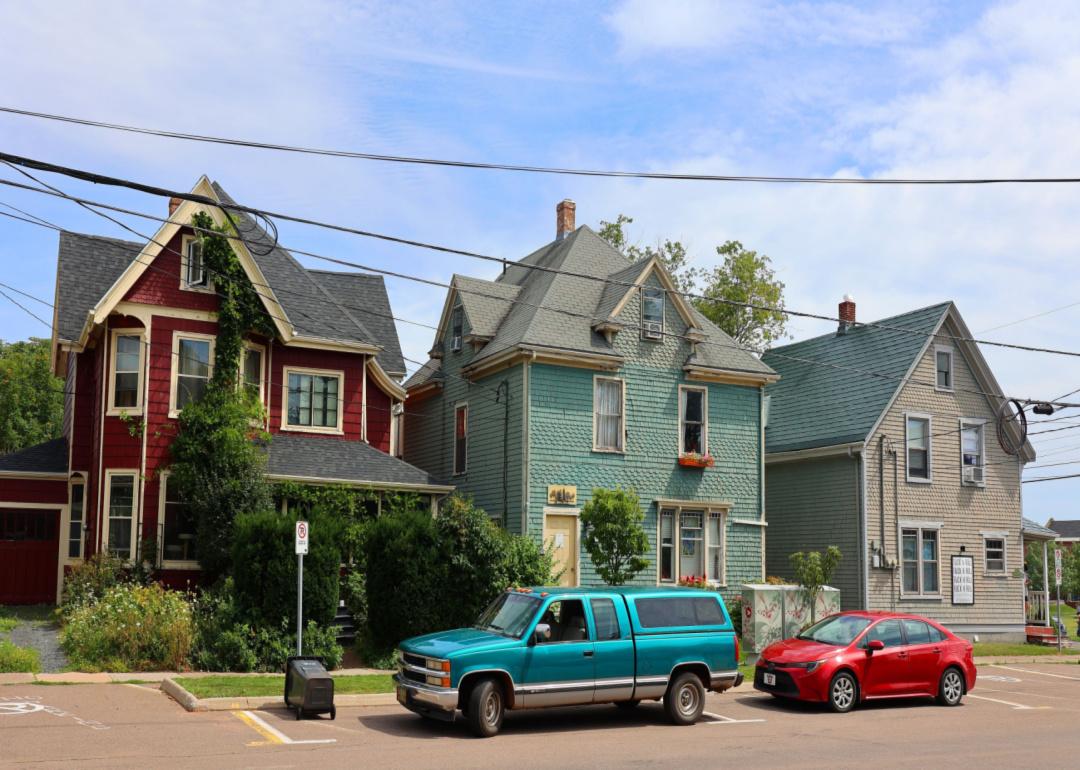
meunierd // Shutterstock
Prince Edward Island
#1. Apartments: 40%
#2. Singles: 40%
#3. Semis: 12%
#4. Rows: 8%
Prince Edward Island is the smallest of Canada's provinces and the most densely populated. While population density typically leads to vertical housing growth in apartments, there is an even split between apartments and singles for PEI's primary type of housing. One possible reason? Apartments tend to cluster in cities, and Prince Edward Island doesn't have many of them. Charlottesville is the province's primary large city, where many apartments are more likely to be clustered. The province is also known for its unspoiled coastline and farmland, where single-family homes are far more common.
EB Adventure Photography // Shutterstock
Newfoundland and Labrador
#1. Singles: 80%
#2. Semis: 9%
#3. Rows: 7%
#4. Apartments: 4%
Newfoundland and Labrador is Canada's most easterly province. And unlike Canada's other provinces, almost no one in Newfoundland and Labrador lives in an apartment. Instead, single-family homes are far and away the most popular in the province. One reason for this is likely Newfoundland and Labrador's rural nature. Like in the United States, people in rural areas are more likely to live in single-family homes than apartments. And of Canada's Atlantic provinces, Newfoundland and Labrador has the largest rural population.
This story originally appeared on Calgary.com and was produced and distributed in partnership with Stacker Studio.
